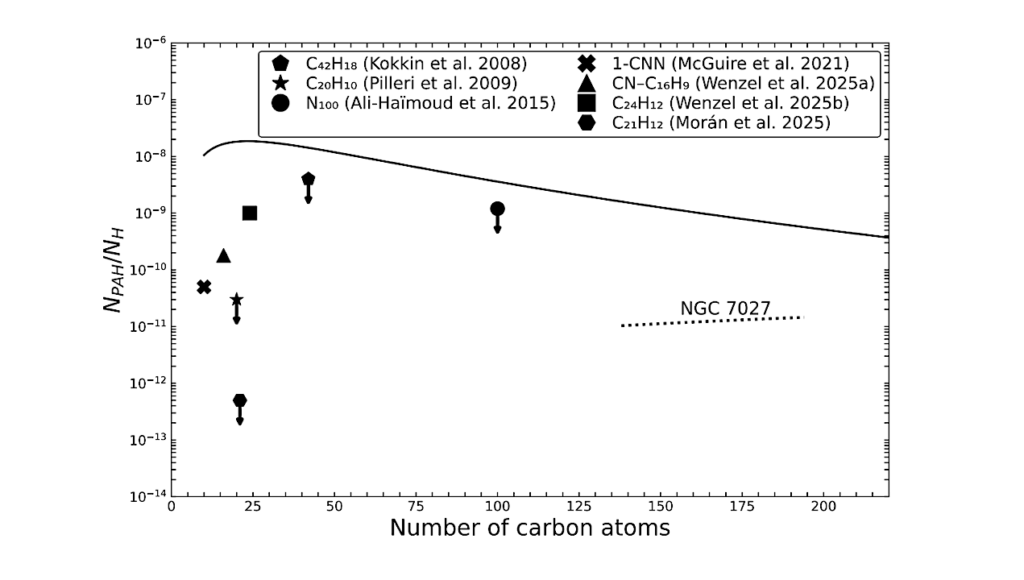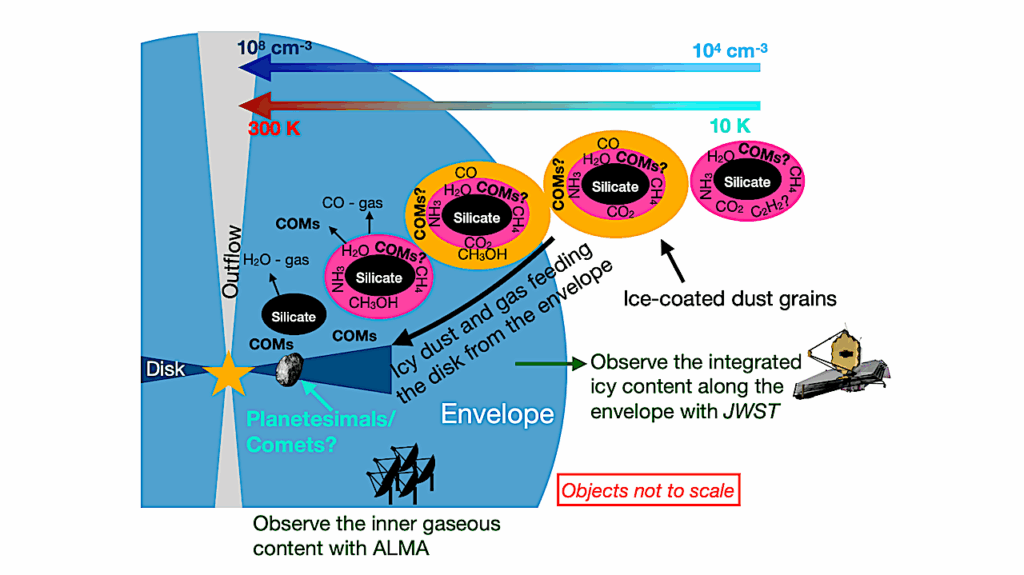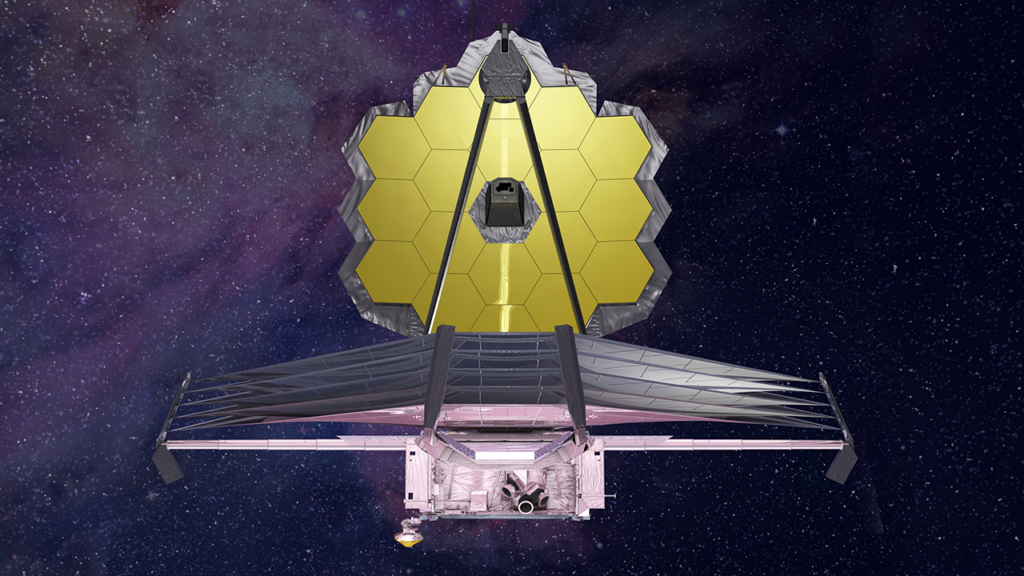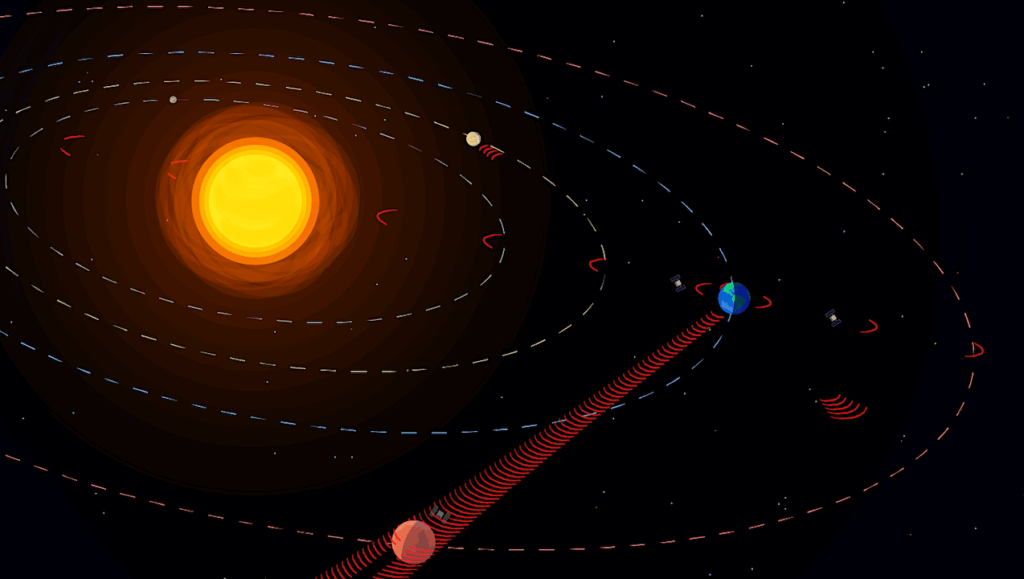Revised Architecture And Two New Super-Earths In The HD 134606 Planetary System
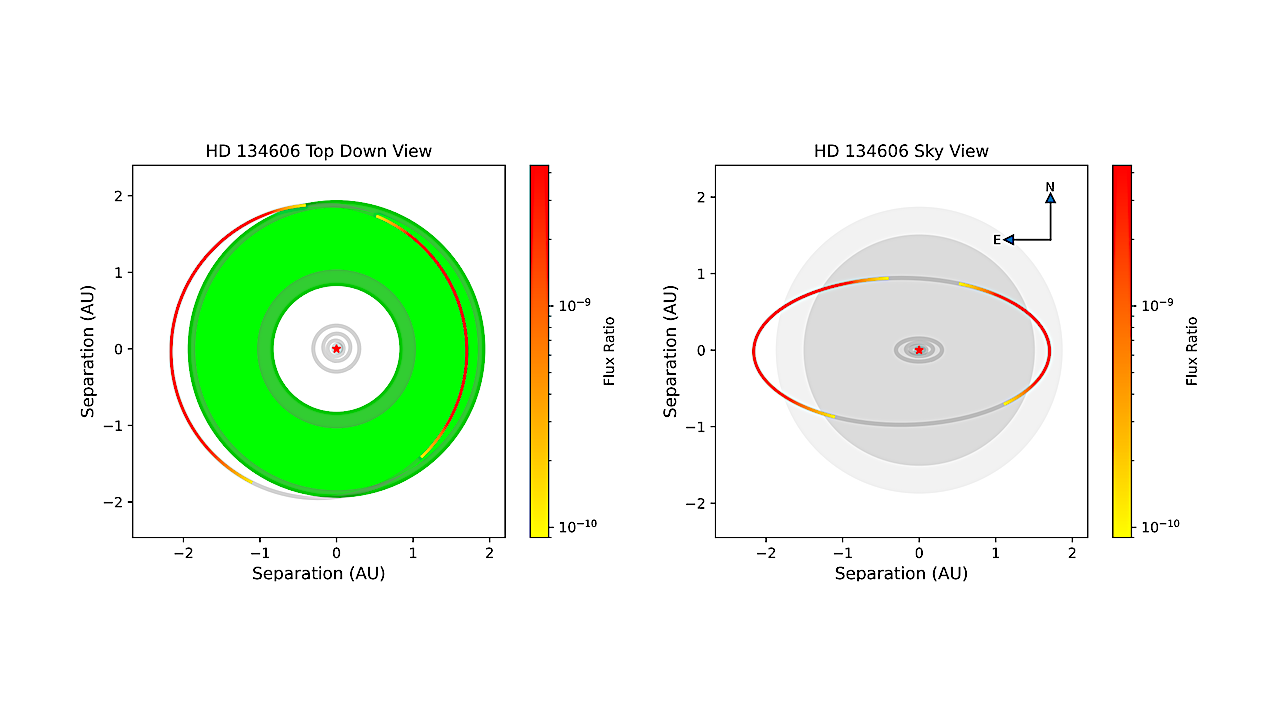
Multi-planet systems exhibit a diversity of architectures that diverge from the solar system and contribute to the topic of exoplanet demographics. Radial velocity (RV) surveys form a crucial component of exoplanet surveys, as their long observational baselines allow searches for more distant planetary orbits.
This work provides a significantly revised architecture for the multi-planet system HD 134606 using both HARPS and UCLES RVs. We confirm the presence of previously reported planets b, c, and d with periods 12.0897+0.0019−0.0018, 58.947+0.056−0.054, and 958.7+6.3−5.9 days, and masses 9.14+0.65−0.63, 11.0±1, and 44.5±2.9 Earth masses respectively, with the planet d orbit significantly revised to over double that originally reported. We report two newly detected super-Earths, e and f, with periods 4.31943+0.00075−0.00068 and 26.9+0.019−0.017 days, and masses 2.31+0.36−0.35 and 5.52+0.74−0.73 Earth masses, respectively.
In addition, we identify a linear trend in the RV time series, and the cause of this acceleration is deemed to be a newly detected sub-stellar companion at large separation. HD 134606 now displays four low mass planets in a compact region near the star, one gas giant further out in the Habitable Zone, an additional massive companion in the outer regime, and a low mass M dwarf stellar companion at large separation, making it an intriguing target for system formation/evolution studies.
The location of planet d in the Habitable Zone proves to be an exciting candidate for future space-based direct imaging missions, whereas continued RV observations of this system are recommended for understanding the nature of the massive, long period companion.
Zhexing Li, Stephen R. Kane, Timothy D. Brandt, Tara Fetherolf, Paul Robertson, Jinglin Zhao, Paul A. Dalba, Robert A. Wittenmyer, R. Paul Butler, Matias R. Diaz, Steve B. Howell, Jeremy Bailey, Brad Carter, Elise Furlan, Crystal L. Gnilka, Hugh R.A. Jones, Simon O’Toole, Chris Tinney
Comments: 23 pages, 10 figures, accepted for pulication in the Astronomical Journal
Subjects: Earth and Planetary Astrophysics (astro-ph.EP)
Cite as: arXiv:2401.17415 [astro-ph.EP] (or arXiv:2401.17415v1 [astro-ph.EP] for this version)
Submission history
From: Zhexing Li
[v1] Tue, 30 Jan 2024 20:12:51 UTC (1,488 KB)
https://arxiv.org/abs/2401.17415
Astrobiology,



